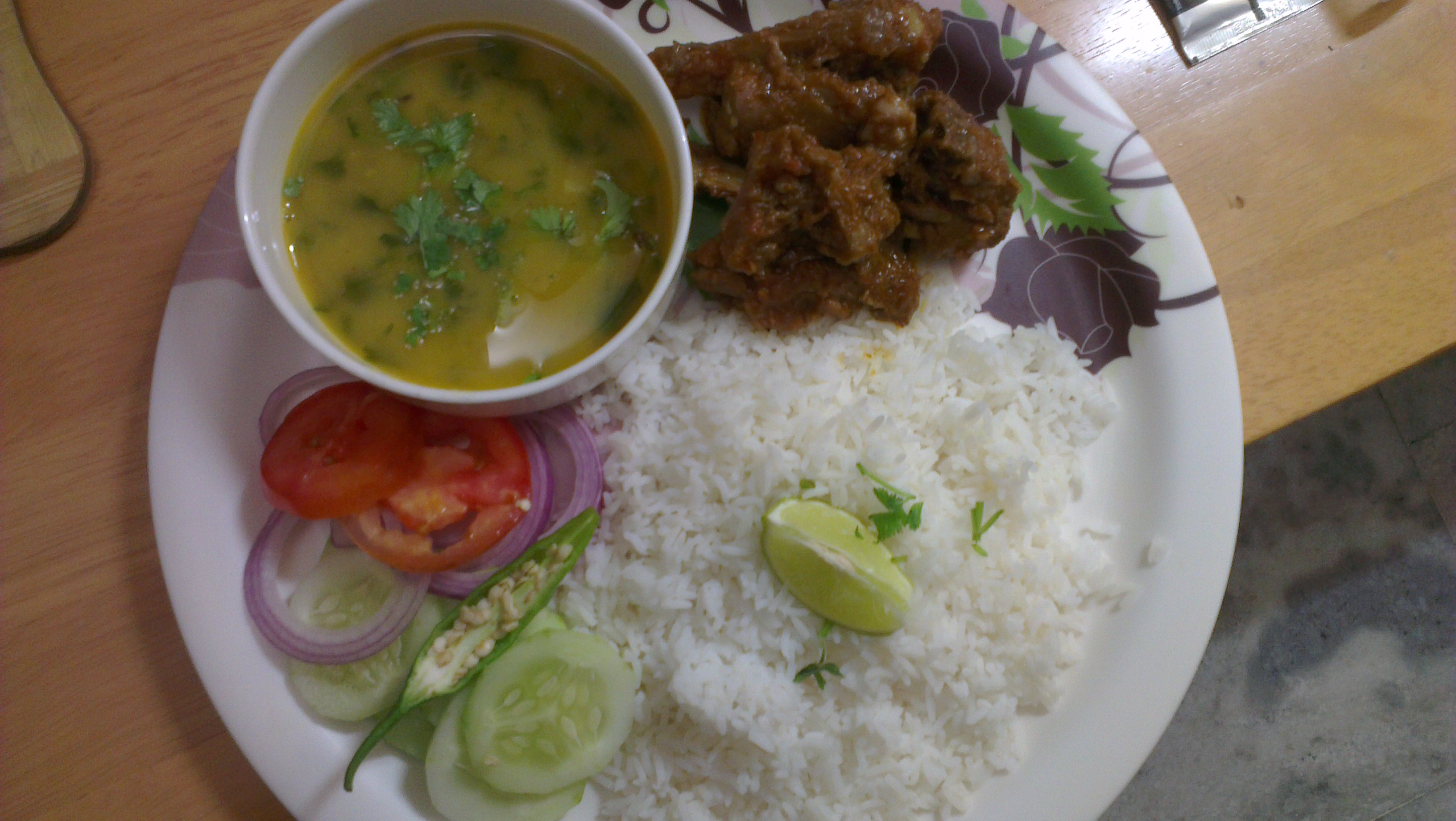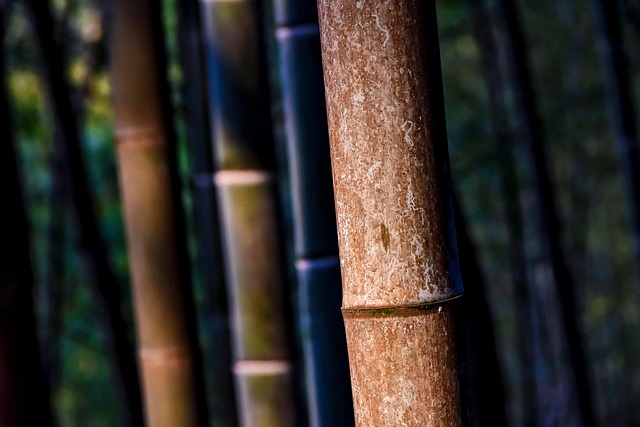Assam, the northeastern state of India, is known for its lush greenery, wildlife, and a unique culinary culture that is often overlooked. The Assamese thali, a traditional meal served on a platter, is a simple yet diverse representation of the state’s rich heritage and flavors. In this blog post, we explore what makes a simple Assamese thali so special and why it deserves more attention.
Assamese Cuisine:
Assamese cuisine is a blend of influences from various ethnic groups, including the Mishing, Karbi, Bodo, and many others. A typical Assamese thali consists of rice, dal, vegetables, fish, and meat dishes. The dishes are cooked in a variety of styles, from simple steaming to elaborate preparations with herbs and spices.
The Magic of the Assamese Thali:
What makes the Assamese thali so special is the use of fresh, local ingredients and the emphasis on balance and variety. The thali includes dishes with contrasting flavors, textures, and aromas, creating a harmonious balance that is both satisfying and nourishing. The dishes are often prepared using indigenous methods, such as slow cooking in earthen pots or grilling over an open flame, adding a distinct depth of flavor.
Key Dishes:
The Assamese thali includes a variety of dishes, each with its own unique flavor and texture. Some of the key dishes include:
- Khar: A signature Assamese dish made with raw papaya, soda, and mustard oil.

- Masor Tenga: A tangy fish curry made with tomatoes, elephant apple, and lemon.
- Xoru Mai: Steamed rice, the staple of Assamese cuisine.
- Aloo Pitika: Mashed potatoes seasoned with mustard oil, onions, and green chilies.
- Pork Bhaji: Spicy pork curry made with bamboo shoots and mustard oil.
Conclusion:
In conclusion, the simple thali is a true representation of the state’s unique culinary culture, highlighting
the importance of fresh, local ingredients, and the balance of flavors. It’s a must-try for anyone who loves exploring
new flavors and cultures, and we hope this blog post has piqued your interest in the magic of the Assamese thali.



